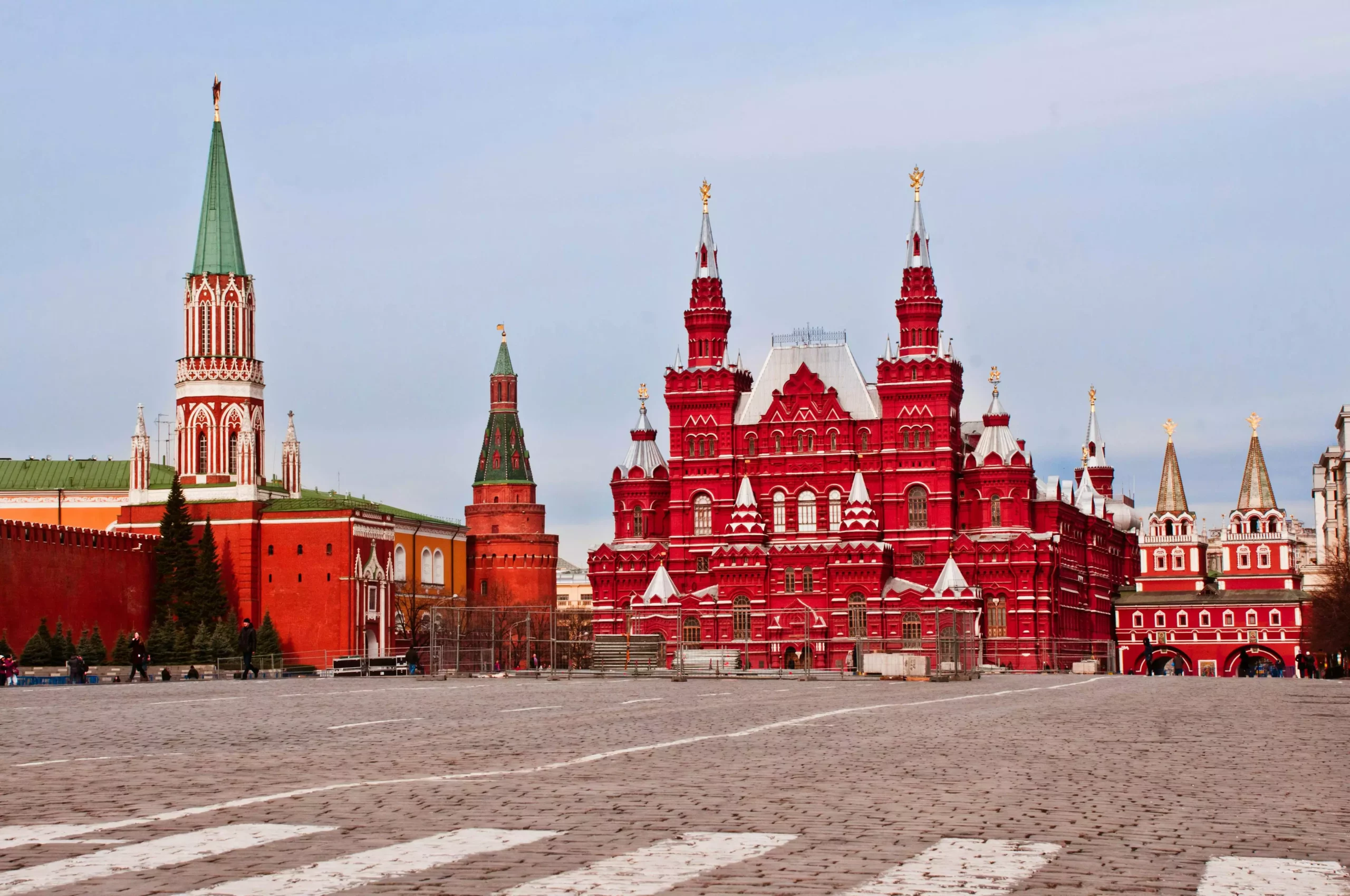The geopolitical landscape is constantly shifting, and the recent developments regarding cryptocurrency in Russia reflect a calculated, albeit cautious, approach toward this modern financial frontier. On the Moscow Exchange (MOEX), the introduction of Bitcoin futures contracts marks a significant pivot in Russia’s stance on cryptocurrencies. Historically, Russia’s relationship with digital currencies has been fraught with skepticism and outright prohibitionary measures. However, with these new futures, we witness a strategic alignment of local monetary policies with burgeoning global market trends—a move that can be interpreted as both daring and prudent.
A Selective Environment for Investors
The meticulous qualification processes for investors participating in these futures contracts underscore Russia’s commitment to protecting its national economy. Access is limited to qualified institutional investors such as large banks and hedge funds, effectively creating a fence that keeps everyday retail investors outside the gate. This decision raises critical questions about inclusivity. While some may argue that restricting access is a precautionary measure to guard against volatility, others might interpret it as an elitist strategy that restricts financial innovation to the upper echelons of society, potentially widening the economic divide.
In an era where democratizing finance is gaining traction globally, it seems paradoxical that anyone wishing to engage with Bitcoin futures in Russia must meet stringent criteria. This exclusionary practice arguably deviates from the foundational ethos of cryptocurrencies, which promote decentralization and equality in financial participation.
Government Control Meets Market Freedom
The Russian government’s deliberate structure—pricing contracts in US dollars yet settling in rubles—is telling of an administration looking for balance. This design allows domestic traders to speculate on Bitcoin while minimizing exposure to international market perturbations. By sheltering the Russian economy from external shocks, the authorities can contain risks, yet this may unintentionally shield clients from potential opportunities present in the piquant world of crypto trading.
This regulatory strategy highlights an ongoing tension within Russia’s financial systems: the need for government regulation juxtaposed with the inherent chaos of cryptocurrency markets. The Russian central bank’s watchful approach is a microcosm of a global unease toward rampant speculative behavior in financial sectors.
Leaving Room for Innovation
Despite strict regulations, there’s a glimpse of innovation driven by homegrown initiatives such as Sberbank’s venture into crypto-bonds linked to Bitcoin prices. This progressive step—a hybrid model that does not demand users to deluge into the complicated world of crypto wallets—encourages speculation without the traditional barriers to entry found in cryptocurrency trading. By translating volatility into structured bonds for the public, Sberbank illustrates how legacy financial systems can leverage digital assets to create new opportunities.
However, does this foster the intended empowerment of the average citizen, or is this just another way for established institutions to capitalize on emerging trends? The question looms large, particularly as regulatory frameworks risk stifling genuine innovation in the name of protecting the masses from their potential folly.
The Broader Implications for the Crypto Ecosystem
Russia’s measured engagement with Bitcoin futures may be indicative of an evolving narrative surrounding cryptocurrencies worldwide. The centralized nature of these contracts showcases the paradox of trying to incorporate decentralized assets within a traditionally centralized financial structure. Observers might analyze whether this blending of frameworks could spur competitive advantages, or if it ultimately serves to entrench the existing power hierarchies within the financial sector.
Ultimately, the successful launch and trading of Bitcoin futures in Russia could catalyze a broader dialogue surrounding the role of traditional financial authorities in a rapidly transforming economic landscape. If leveraged correctly, the dynamics established through these futures contracts could solidify Russia’s position in the global cryptocurrency ecosystem. However, this precarious balancing act demands constant scrutiny, as future risks remain an ever-present specter in the domain of digital finance.
The cautious embrace of Bitcoin futures, therefore, embodies a dichotomy: a robust step into cryptocurrency markets tarnished by the shadows of regulation. As such, while Russia attempts to weave itself into the fabric of an international movement, questions abound regarding who truly benefits when the exchange remains available only to an elite few.















